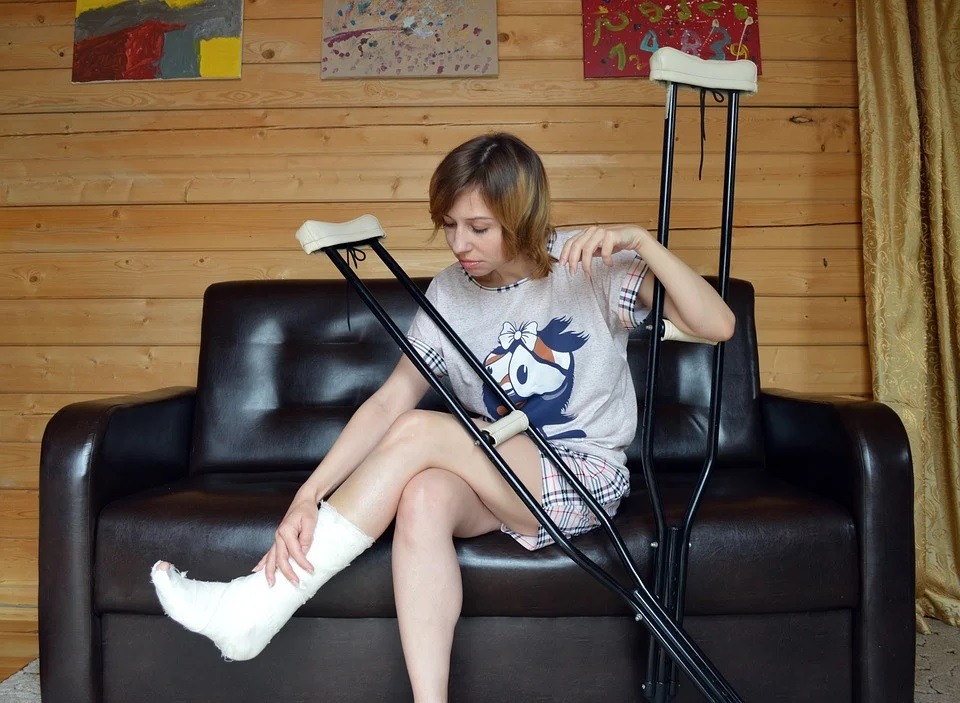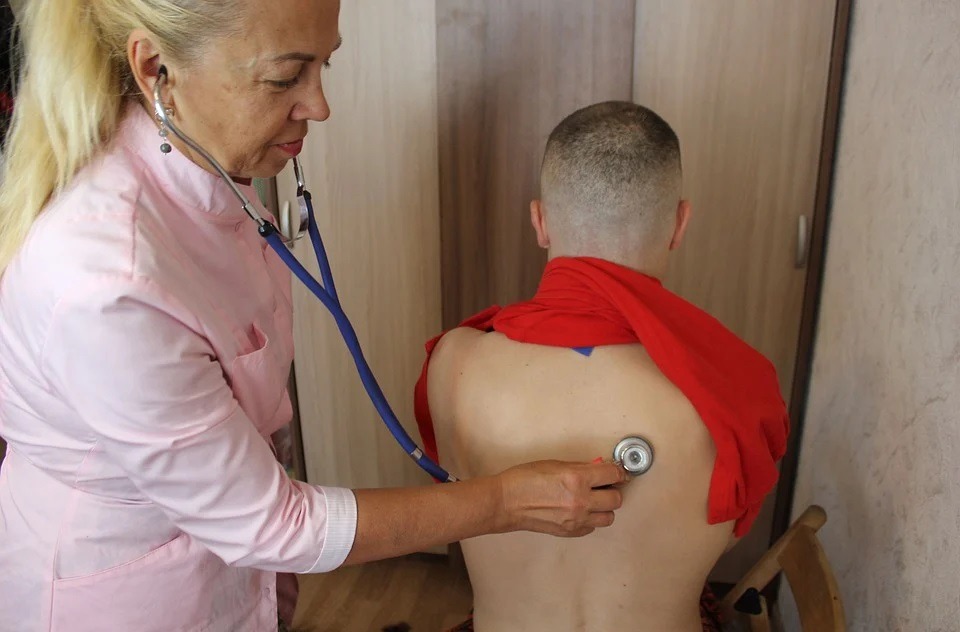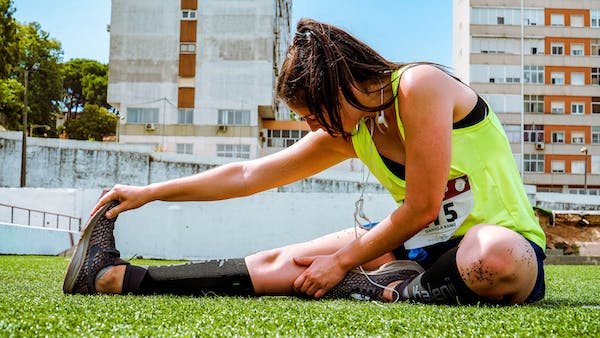Handling an injury and taking the right precautions requires fast thinking. Many things must be considered, and if you make any incorrect decision, you put yourself at great risk. You are probably new to this and don’t know what to do to cope with the pain. What about healing? Do you know the type of injury you received, and what are its treatments?
If you can’t answer these questions, don’t worry, most of us don’t go through enough injuries to educate us on dealing with them. In this article, we offer a few expert tips on dealing with injury situations and what to do if you or someone you know gets injured.
Know More about the Types of Injuries
To handle the injury correctly, you must obtain as much information about the injury as possible, this will also help you be less anxious about the situation. Contact your doctor and ask them to assess the damage, and from their diagnosis, learn more about the type of injury you have. Ask how long it will take for you to recover. Get detailed instructions on how you should move and handle daily life during recovery and inquire about different treatment options. The more you know about your injury, the less stress you will face taking care of it. If you are uncomfortable with any of the treatment options consult your doctor or therapist. They can offer you a different option.
Common Types of Injuries
- Animal Bites – A serious public health concern for both children and adults around the world. The size, state, and accessibility of the person who was bitten, as well as the kind and health of the animal species, all have an impact on the health implications of animal bites. Although many different animal species are capable of biting humans, the most dangerous ones come from snakes, dogs, cats, and monkeys.
- Bruises – When blood vessels beneath the skin rupture, a bruise results Blood that has been trapped can result in bruises that are black, purple, or blue; when the bruise heals, its color changes. A few easy procedures can improve bruise healing. Elevate the damaged area above the heart if at all possible.
- Burns – Tissue injuries brought on by heat, excessive sun exposure, other radiation, chemical, or electrical contact. Burns can lead to minor medical problems or life-threatening crises. The burn therapy is determined by the location and severity of the damage.
- Dislocation – When two bones separate where they meet at a joint, it is called a dislocation. The joint may experience temporary distortion and paralysis as a result of the damage, which could be extremely painful.
- Electrical Injuries – Damage brought on a generated electrical current running through the body is known as electrical injury. Burns to the skin, harm to internal organs and other soft tissues, heart rhythms, and respiratory arrest are only a few of the symptoms. The diagnosis is made using the patient’s history, specific clinical criteria, and laboratory tests.
- Fractures – A break, typically in a bone, is called a fracture when a bone is broken and pierces the skin, the fracture is considered open or complicated. Low bone density and osteoporosis, which weakens the bones, are further issues.
- Sprain and Strain – Injuries that happen when a joint is twisted or wrenched. Strains are wounds to a muscle or tendon brought on by overuse, force, or stretching. The most frequently injured joint is the ankle.
Ask For Support
Besides reaching out and getting support immediately after the injury to ensure you receive treatment promptly, it’s essential to get frequent support while recovering. Reach out to family and friends and let them be by your side while dealing with your injury; you should not go through this alone. Update your doctor continuously to let them know if the treatment or medications are effective. Feel free to ask for help if you’re emotionally drained from any restrictions resulting from the injury. Usually, most injuries will require staying at home and resting in bed for long periods, which is not ideal for people who prefer to be outside. There’s no harm in calling a couple of friends and inviting them over for company.
Contact A Personal Injury Attorney
The most common causes of injuries outdoors include car or truck accidents, falling and slipping accidents, animal attacks, and other kinds of accidents. These occasions usually happen due to someone else’s carelessness and lack of responsibility. Victims in such accidents are sometimes hesitant about looking for legal help. The personal injury lawyers at https://www.kentuckycourage.com/ suggest that in the event you find yourself fighting a big insurance company for an injury claim, it will not be easy to win without a lawyer. Consult an experienced attorney to understand your legal options and to make the right decisions. Insurance adjusters are very well informed and experienced because they settle claims like this every day and have unbreakable negotiation skills. Having a lawyer on your side will help keep your legal rights and the insurance company from taking advantage of you.
When you are injured due to another driver’s mistakes, your rights include free medication and treatment in most cases. Therefore, the sooner you get your personal injury attorney on the case, the faster you receive your treatment. It is very important to treat an injury as soon as possible after accidents.
Treat The Injury Correctly
Taking care of the injury is crucial for quick healing. Remember when your mother used to tell you not to pick at a bruise or cut? They were right. To help the skin heal faster, leave your injury alone, don’t fiddle, and touch it. The best thing you can for an injury is to wrap it well and protect it away from any infection. For deep bruises and strains, it’s good to use temperature to treat the swelling. Use ice to reduce swelling by placing it on the injury every 2 hours. After the swelling is gone, use warm water to help the skin recover and ease the blood flow in the damaged areas.
Nobody likes to stay at home, unable to leave their bed for an entire week, but sometimes it’s all you need to recover from a bad injury. If you are not a stay-at-home person, invite your favorite people over to keep you company. Dealing with recovery on your own is never a good idea; eventually, you will need to vent and express your emotions to someone. It is all part of injury and recovery, and it’s okay to reach out to people to make the process easier for you.
Cause of Injuries
What harms people? An injury can be brought on by anything that can harm the body. Injury causes include blunt or sharp items, impacts at high speeds, falls, animal or insect bites, fire or extremely hot temperatures, exposure to chemicals and toxins, as well as intentional acts of violence.
- Accidents – Accidents can happen for a variety of reasons, including vehicle collisions, slips and falls, fires, and mishaps involving sports.
- Intentional harm – Intentional harm, such as attacks or domestic violence, can also cause injuries.
- Overuse – Repetitive strain injuries can develop as a result of overusing specific muscles or body parts, as in the cases of tennis elbow and carpal tunnel syndrome.
- Environmental factors – Injuries may result from exposure to dangerous environmental elements including radiation, toxic chemicals, or extremely high or low temperatures.
- Workplace hazards – Due to the nature of their work, many occupations, such as construction, mining, or fire fighting, carry a higher risk of workplace injuries.
- Medical problems – Some illnesses or ailments, such seizures, strokes, or heart attacks, can also cause injuries.
- Genetics – Some individuals may be more prone to injuries because of inherited traits like brittle bones or connective tissues.
- Lifestyle variables – A number of lifestyle factors, including poor nutrition, inactivity, and substance addiction, might raise the risk of accidents.
Tips to Avoid Injuries
Warm Up – Warm-up exercises should precede every workout. By increasing heart rate and enhancing blood supply to skeletal muscles, it primes the body for exercise and lowers the risk of damage.
Performing a light cardiovascular workout that causes you to sweat for at least 5 to 10 minutes should be part of your warm-up.
Finish your warm-up with sport-specific exercises that, though at a reduced intensity, replicate the demands the rest of your workout will place on your body. By doing this, your body prepares for what is about to happen.
Stretch – Your muscles become more elastic and ready to be stretched once they’ve warmed up.
By enabling the muscles, joints, and tendons to move through their complete active range of motion without restriction, static stretches (holding each position for 10–30 seconds) or dynamic stretches (moving the body through a functional range of motion) will aid in preparing them for work.
Injury risk decreases as fitness level increases and body is better prepared.
Progress Properly – Slowly begin your workout. In order to prevent excessive muscle pain and tightness, try not to do too much, too quickly. Increase the workout’s duration and intensity gradually over time. As the workout gets too simple, a 5% increase is a safe progression. Make careful you utilize equipment that is secure and fitted properly.
Cool Down – This is the part of the workout that is most frequently overlooked. It helps the body, heart rate, and muscles get back to their resting postures safely. Stretch after engaging in low-intensity cardiovascular exercise for 5–10 minutes. Your body will recover more quickly and experience less delayed onset muscle soreness if you cool down right away after your workout. This will assist your body get ready for your next workout.
Listen to Your Body – Aches and pains in the muscles or joints that do not go away in 24 to 48 hours should not be disregarded. These might portend the onset of a more severe damage. Consider taking a day off or switching up your workout if your body is overly uncomfortable or worn out from a prior session to prevent injury.
Healthy Diet – A nutritious diet consisting of complete foods and sufficient proportions of the macronutrients protein, fat, and carbs is the ideal complement to a genuine injury prevention strategy. Muscle wasting and impaired cardiovascular endurance can be caused by a bad diet rich in processed foods and sugar. Hydration is similarly crucial and should be maintained with water and electrolytes before, during, and after your workouts.
Conclusion
To stop issues that follow and speed up the healing process, injuries must be treated properly. Many injuries can be avoided or properly managed to lessen their negative effects on a person’s health and quality of life with the right preventive and treatment.




